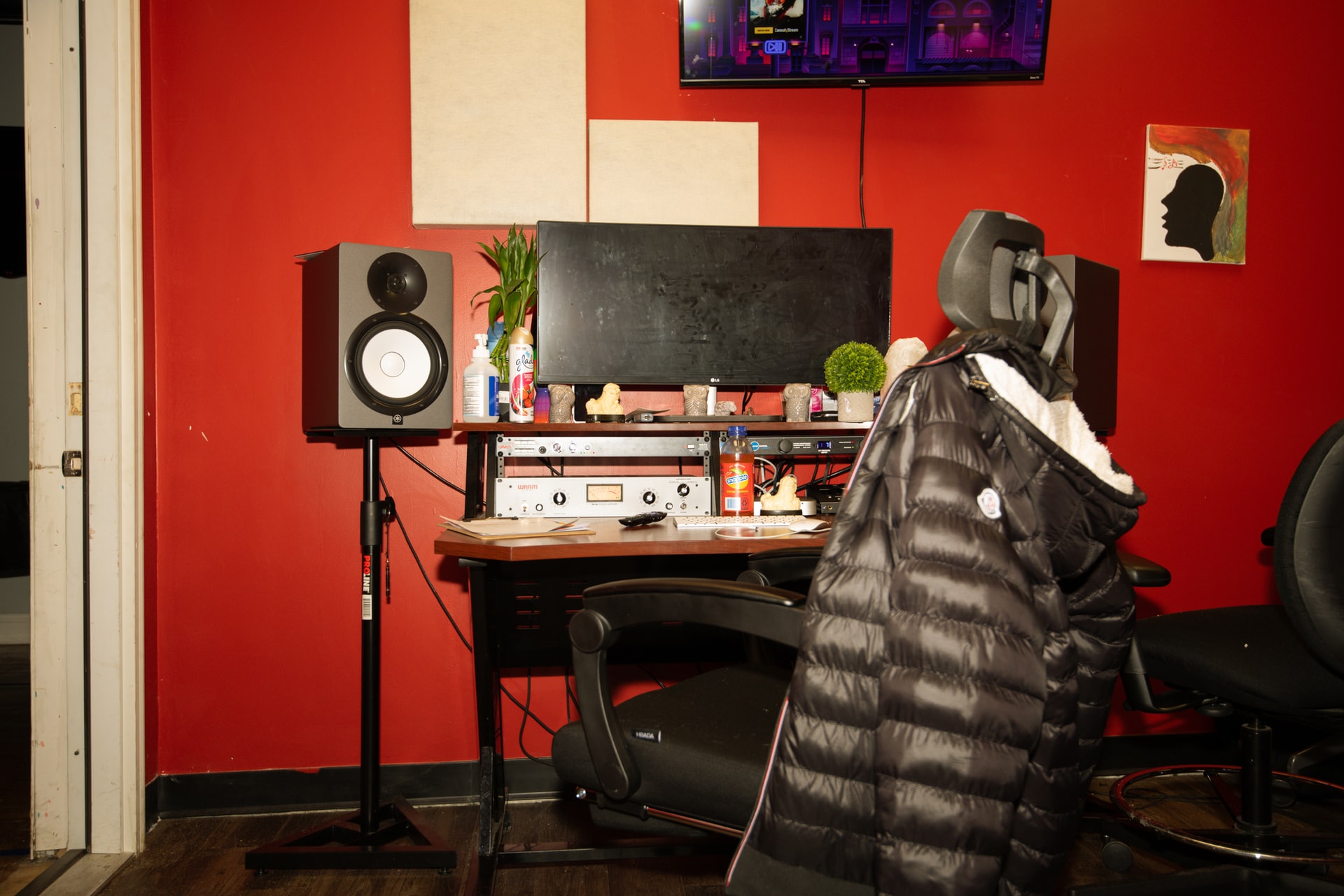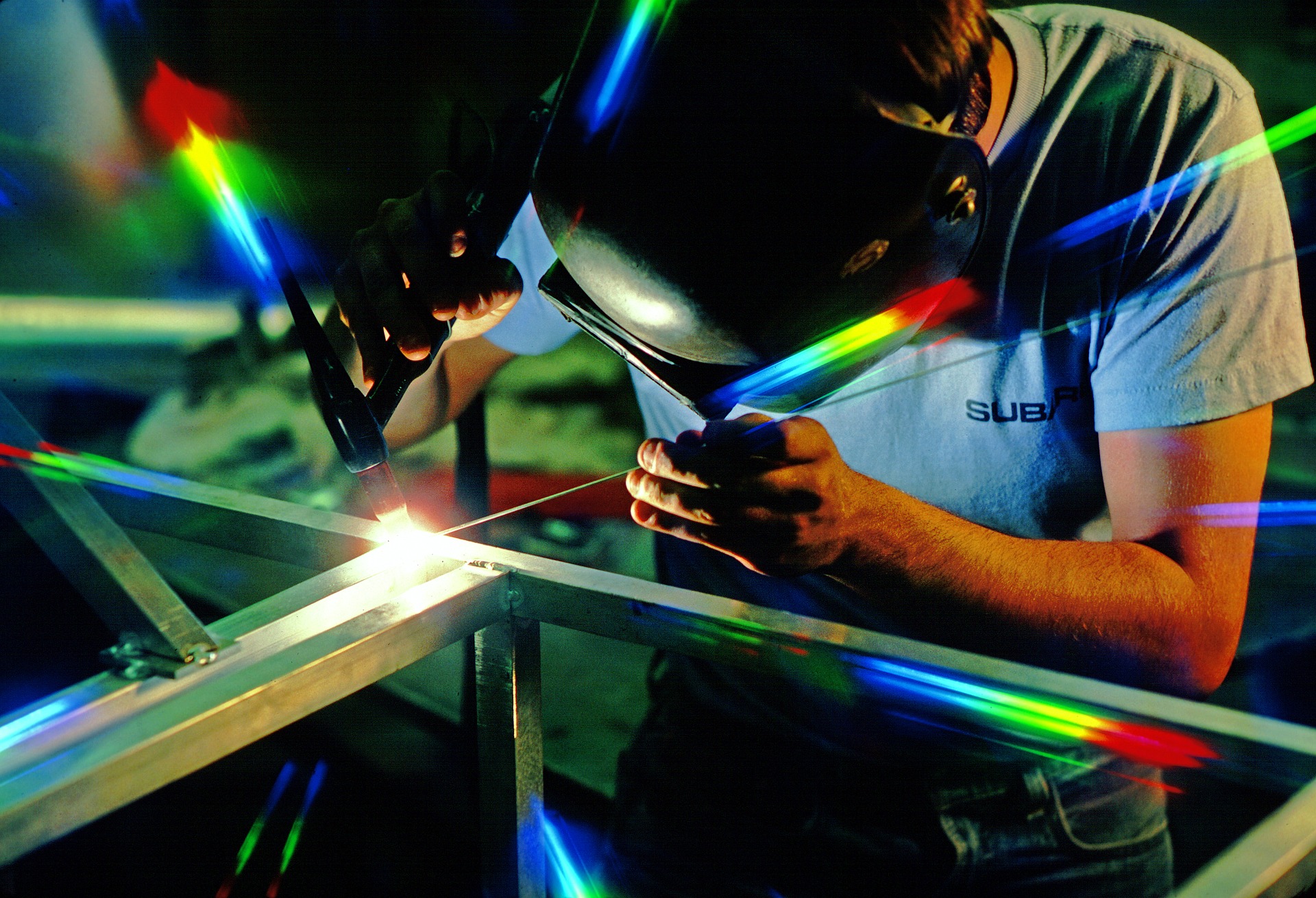Creating a successful presentation is an integral part of succeeding in your business, so giving yourself the best possible chance with the help of the correct display equipment, preparation, and the ideal venue is essential.
To help you stage the perfect presentation, we’ve created this comprehensive guide that explains why creating an effective presentation is central to your business success and five tips for creating a successful presentation.
To find out how to elevate your presentations, keep reading.
Why is creating successful presentations important?
Before we get into the best ways to improve your presentation success, we must discuss why this is important. Presentations are at the heart of your business and help you communicate important messaging.
Be it about upcoming development opportunities, new products, or training, presentations allow you to distribute crucial messages to your team, ensuring they have all the information to conduct their tasks to a high standard and take your business to the next level.
However, unclear communication can sometimes significantly impact your presentations, leading to confusion that hinders productivity. Unclear presentations and confused messaging likely lead to a significant decrease in engagement, which could harm your business development; therefore, it’s integral to prioritize improving your presentations to ensure your messaging is clear, concise, engaging, and instructive.
Secondly, presentations play a fundamental role in increasing your business profile. Suppose you’ve got a big presentation coming up with a new investor. In that case, you’ll need to stage an impressive presentation that communicates your product, why your business is a lucrative venture, and what you can offer an investor.
A clear and successful presentation will hold the investor’s attention, convincing them that you and your business are a lucrative opportunity that embodies professionalism. However, an unclear presentation with poor display and audio quality won’t do much for your profile, demonstrating a lack of regard for how your business looks to potential partners.
In summary, a good presentation with professional-looking technology and content could be the difference between securing development opportunities or squandering them.
Five tips for creating successful presentations for your company
Now that you understand the importance of creating an effective presentation for your business let’s discuss five tips that can take your business presentations to a new level:
1. Use the correct equipment
The most crucial part of a successful presentation is ensuring that you have the correct equipment. Having the correct equipment will ensure that your audience can see and hear your presentation and demonstrate professionalism and regard for the audience experience and avoid grammar mistakes.
Of course, you’re likely to know the standard equipment you’ll need for a small boardroom presentation, but you should adapt your equipment list to the type of presentation you’re staging.
For example, if you’re presenting to hundreds of people, you’ll need to supply the correct audio equipment, like speakers and microphones, to ensure your audience can hear you.
Additionally, you’ll need to find the correct display equipment that facilitates dynamic effects that can positively influence your engagement levels. For example, if you’re using a video wall, you should ensure that you have the correct equipment, such as video wall controllers, processors, and matrix switchers, to segregate scenes, control layout, and stream web-based content.
Having the correct equipment for your display type, venue, and subject matter will elevate your presentation experience and keep your audience engaged for longer. Bringing the correct equipment also refers to supplying the correct backup equipment in the event of technical faults.
You should also bring spare cables and adapters such as USB-C, HDMI, and VGA cables to adapt your devices to the display equipment in your venue. Here’s a list of some of the equipment you should consider using for a presentation:
- Microphone (wireless or wired) Speaker


- Backup generator Slide clicker


- Mini-projector for presentations on the go Laptop


- Lighting

2. Understand your audience requirements
Another secret to a successful presentation is understanding your audience’s needs. Your audience needs will vary depending on the type of presentation you’re staging, the content, the venue, and their relationship with you.
For example, if you’re presenting to an audience unaware of your business at a trade show, one of their requirements is likely to be exciting and engaging content to hold their attention for longer.
This means you’ll need to use dynamic display equipment and strong sound and lighting to support your presentation. Consider conducting a survey before your presentation to establish your audience’s requirements and implement their suggestions to elevate their experience.
3. Use dynamic display equipment.
One of the best ways to create a successful presentation is to use dynamic display equipment that differs from standard interactive whiteboards and projectors to a single monitor. While these can be useful for smaller-scale presentations, using the same display devices can be limiting, primarily if they don’t support the distribution of high information volumes and dynamic effects. Consider using more unusual display equipment such as video walls to enhance this.
LED, LCD, or rear projection video walls consist of multiple monitors used together to create a single screen. With this, users can isolate screens to display several snapshots of different images or footage, increasing the amount of information you can distribute in a single presentation.
Video walls can also display web-based content, allowing you to display live feeds or supporting material for the rest of your presentation. You can also use video wall equipment to generate exciting effects, positively influencing your engagement levels.
4. Choose the right venue.
Believe it or not, the venue you choose to host your presentation will play a significant role in how successful your presentation is. Of course, if you’re holding this in your office, you should choose a suitable boardroom with an optimized layout to facilitate collaborative working and communication during your presentation.
However, if you’re presenting at an alternative location to an audience you’ve never met, then you should choose a venue that supports an engaging experience. To do this, choose a venue with good transport links, easy access, WiFi connection, multiple outlets, engaging display technology, and good room acoustics to minimize echoing during your presentation.
5. Gain feedback from your audience
One of the most important parts of staging a successful presentation is to act upon the feedback from your previous presentation. This will help you determine whether you’re meeting your audience’s requirements and expectations and ensure you improve on any small errors in the future.
To do this, consider sending a digital survey to your audience after the presentation. Dedicate a section of this survey to their experience and opinion of the display technology you choose to implement. This allows you to decide whether the display technology you chose to use had the desired engagement impact, ensuring you can make more informed decisions in the future.
Additionally, dedicate a section to what your audience would like to see at your next presentation regarding lighting, sound, or audio to create a more immersive experience.
Final thoughts
Creating a successful presentation is essential to holding your audience’s attention and succeeding in business. To do this, business owners and AV enthusiasts need to adopt engaging technologies like video wall displays and implement the correct sound and lighting solutions to facilitate high engagement levels.
Using the correct equipment is also central to creating dynamic displays and engaging visual content, so it’s best to adapt your equipment to the type of display you intend to use. Adopting these five tips into your presentation generation process will take your presentations to new heights.
















